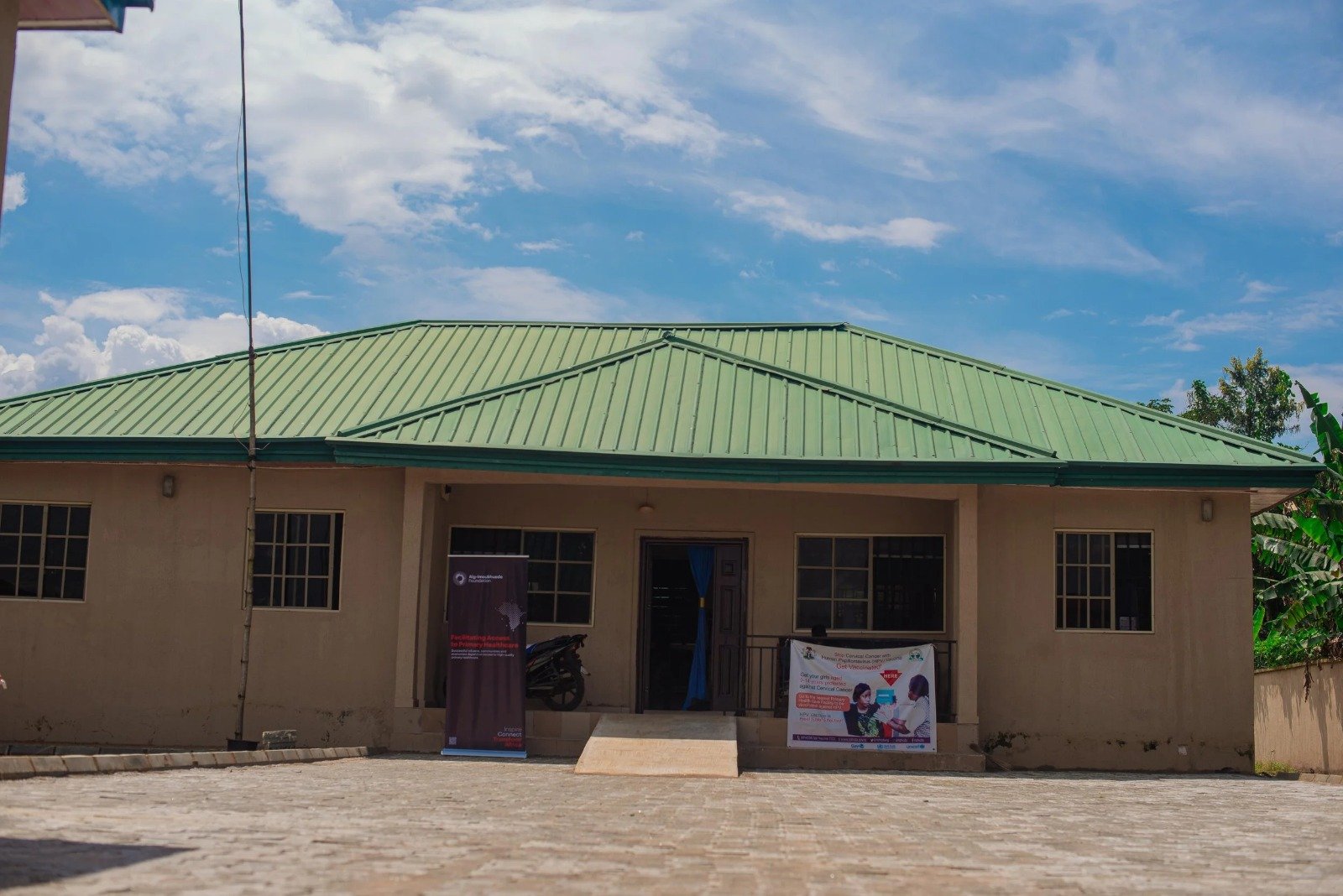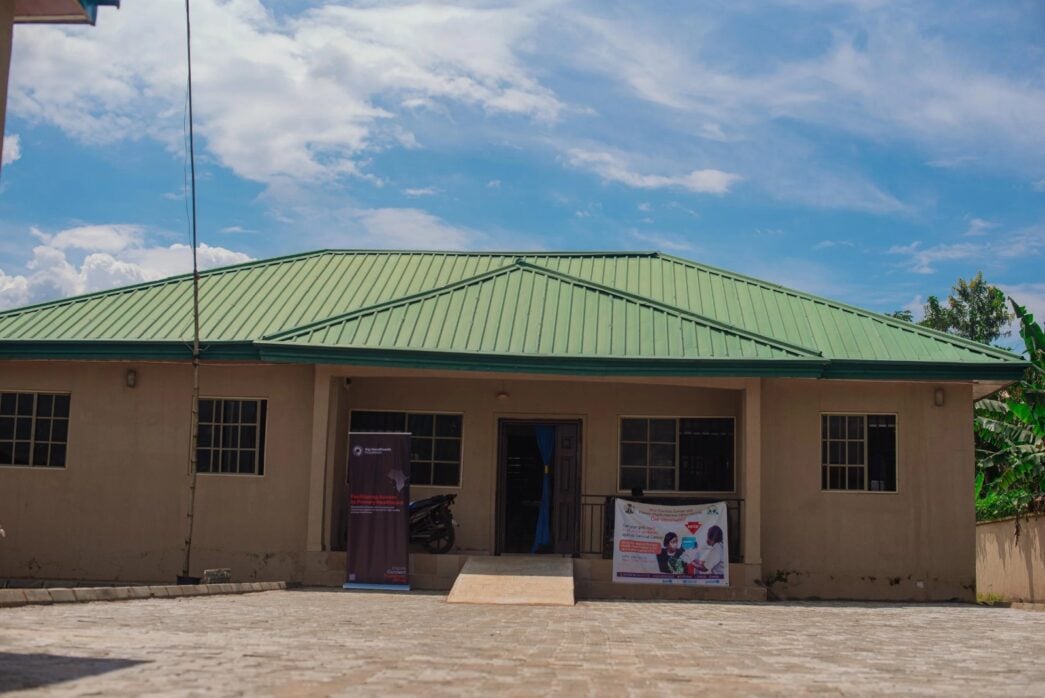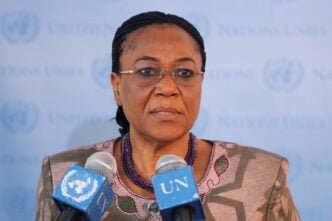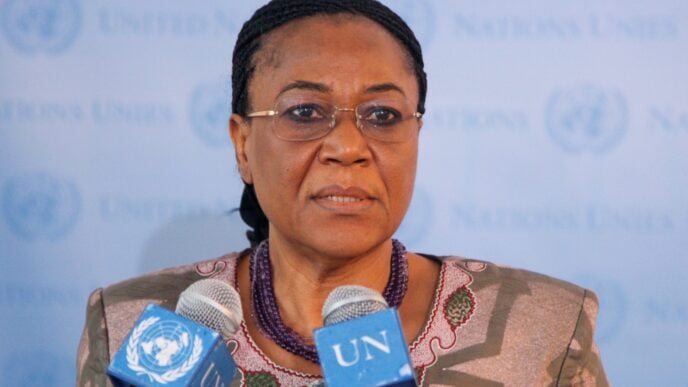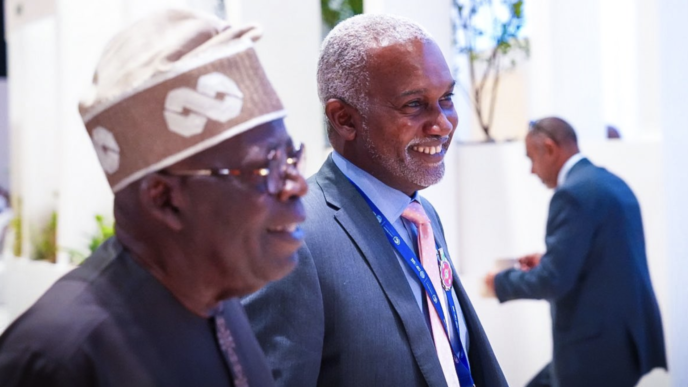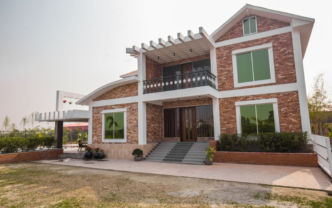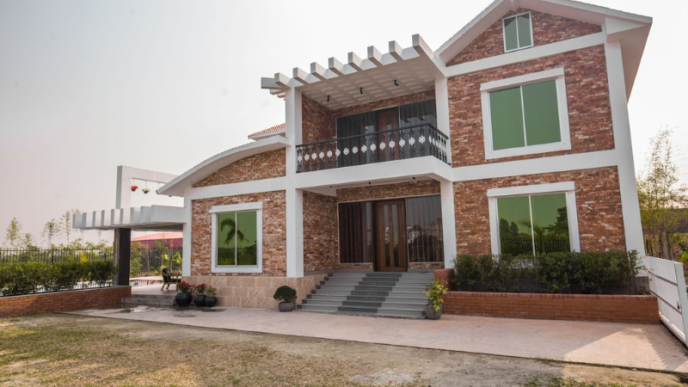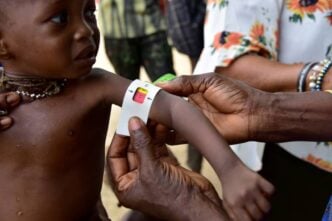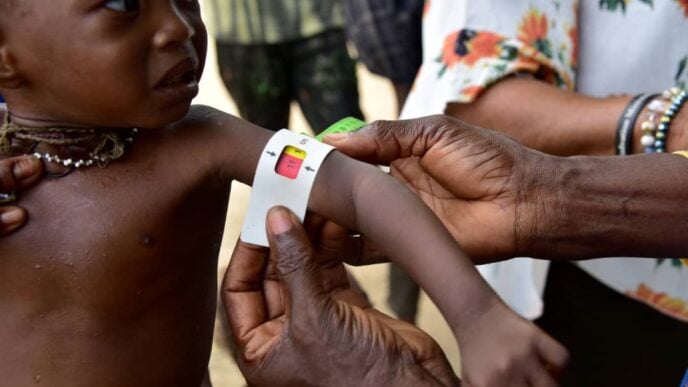BY IME ENANG
In the heart of Sabongida Ora, Owan West LGA of Edo state, sits Atoruru, a small farming community whose story captures the paradox of Nigeria’s health system: enduring resilience amid systemic neglect.
For years, the Atoruru Primary Health Centre (PHC) stood as a symbol of what went wrong with primary healthcare in Nigeria. The walls were cracked, shelves bare, and trust broken. Pregnant women stayed home rather than walk miles to a clinic that often had no medicines or light. “We would record zero antenatal visits some months,” recalls Nurse Ehiaghe Aigbogun, a long-serving health worker. “Women knew we had no iron supplements or malaria prevention. They would rather stay home than waste time.”
The Data Behind Despair
Advertisement
The data from early 2024 paints a stark picture. Between January and September, the PHC recorded between 0 and 7 first antenatal visits per month, with March seeing none at all. Deliveries fluctuated between 0 and 4, while immunisation coverage was erratic and some months saw only 4–12 children fully immunised, others showed no record at all.
Malaria prevention services were nonexistent, despite the disease being a leading cause of death among children under five. For a facility serving over 16,000 people, these numbers represented more than statistics; they reflected years of lost trust, unnecessary suffering, and preventable deaths.
This is the lived reality behind Nigeria’s alarming health indicators. According to WHO data, the country recorded a maternal mortality ratio (MMR) of 993 deaths per 100,000 live births in 2023, and an under-five mortality rate (U5MR) of 110 per 1,000. The global Sustainable Development Goals (SDGs) aim to reduce these figures to below 70 and 25, respectively, by 2030. But without strong, functioning primary healthcare, those targets remain distant.
Advertisement
Even in Edo State — one of Nigeria’s better-performing states with an MMR of 277 and U5MR of 19 — rural communities like Atoruru continue to lag behind.
A Quiet Revolution
Change began in October 2024, when the Aig-Imoukhuede Foundation, through its Adopt-a-Health Facility Programme (ADHFP), intervened. The transformation was swift but methodical. The facility was repaired, equipped, and restocked. A new cold-chain system was installed for vaccines. Essential drugs like antimalarials, iron supplements and insecticide-treated nets returned to the shelves.
Almost immediately, the data began to shift. By November 2024, 38 children were fully immunised, which was triple the facility’s previous peak. By February 2025, the number had risen to 48. Antenatal visits increased from a monthly average of 3–4 to between 6 and 9. Deliveries rose steadily and malaria prevention for pregnant women previously at zero became routine, with 32 doses of preventive treatment and 47 mosquito nets distributed by May 2025.
Advertisement
“I used to deliver my babies at home,” says Ivie Osaigbovo, a 28-year-old mother. “Now, I come here because I know they have light, gloves, and medicine.”
Restoring Trust in the System
The success at Atoruru PHC extends beyond infrastructure. It has restored community confidence in a system that many had given up on. “When we announce immunisation days now, we prepare for crowds,” says Nurse Aigbogun. “Mothers come from neighbouring villages because they’ve heard we never run out.”
The ripple effects are visible. More patients mean better health data, which leads to improved forecasting and supply management, a virtuous cycle that is already enhancing service quality.
Advertisement
Community elder Chief Osaro Idahosa summarises it best: “Before, we spent money rushing children to other towns. Now, treatment is here. Our children are living because the clinic is alive again.”
A Model for Scalable Reform
Advertisement
The Atoruru experience is a compelling argument for scaling up public-private collaboration in Nigeria’s health sector. The Adopt-a-Health Facility Programme has demonstrated that localised, data-driven interventions can yield measurable results in months, not years.
At its core, the programme leverages private sector efficiency and community accountability to revitalise neglected government facilities. It is a pragmatic approach to a national challenge that could be replicated across Nigeria’s 774 LGAs with sustained funding and transparent oversight.
Advertisement
Nigeria’s struggle to meet global health targets is not due to a lack of ideas but a failure to operationalise them effectively. Atoruru’s story suggests that when investment meets intention, progress is not only possible, it is inevitable.
Beyond Numbers: A Human Transformation
Advertisement
The transformation at Atoruru PHC is ultimately about people. Blessing Osawe, who attended all eight of her antenatal sessions for the first time, put it simply: “They gave me medicine, mosquito nets, and care. My baby is healthy because the clinic is working.”
For Nurse Aigbogun, the change is deeply personal. “Yesterday, a woman brought her newborn just to show me,” she said, smiling. “Not because the child was sick — but to say thank you.” That moment captures the essence of healthcare reform: restoring faith in the system, one patient at a time.
The Bigger Picture
Across Nigeria, thousands of primary health centres remain underfunded, understaffed and underused. Yet, Atoruru demonstrates what’s possible when public institutions, private foundations, and communities align around a shared goal to make healthcare accessible, equitable and dependable.
Atoruru PHC is more than a renovated building; it is a symbol of renewed possibility. It shows that with accountability, data, and partnership, even the most forgotten corners of the country can become beacons of health and hope.
As one mother said while leaving the centre with her now-healthy baby: “This was once a place where hope grew dim. Now it is where our community finds new life”
Views expressed by contributors are strictly personal and not of TheCable.
